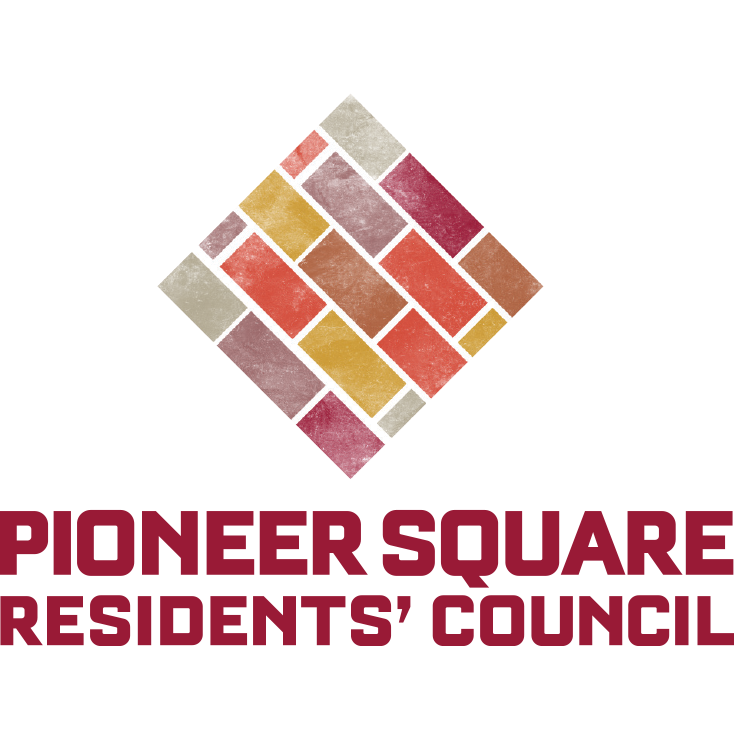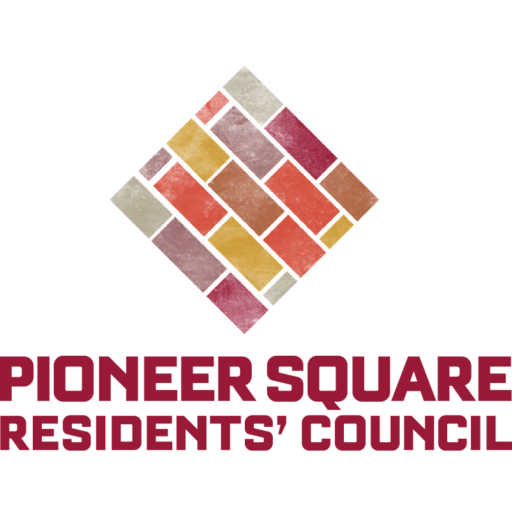21 Apr A deeper look at the South Downtown Livable Plan
The Pioneer Square Neighborhood Plan presents a multifaceted vision that is supported by several Livable South Downtown Land Use recommendations.
Key among the neighborhood’s interests are the following:
- Preservation of historic character
- Growth of a significant residential population
- Future development that knits-together the neighborhood and investments in public spaces
- Achieving development in the Qwest Field north parking lot
DPD recently presented the South Downtown Livable plan to City Council during their committee of the built environment on April 14th. To see video from the Seattle Channel of the presentation, click here.
OBJECTIVES FOR FUTURE LAND USE
- Protect and preserve historic buildings and the historic character of the Pioneer Square neighborhood
- Support the emergence of a significant residential community in Pioneer Square particularly for market rate and affordable workforce housing
- Provide incentives for redevelopment of vacant and under-developed non-historic parcels
- Encourage employment density near the transit hub of King Street Station
- Facilitate redevelopment of the Qwest Field North Lot
- Improve the pedestrian experience and quality of public spaces within and around Pioneer Square
 (the image shown is a fictional dev’t just East of Occidental Square Park)
(the image shown is a fictional dev’t just East of Occidental Square Park)
One of the more interesting aspects of this plan is the statement that “126 buildings in Pioneer Square have been identified as contributing to the historic or architectural
character of the National Register Historic District.” Most of those buildings are in fairly good shape and are occupied (although there are a few that are not).
That’s pretty incredible to have that many historic buildings within one neighborhood and is what led Donovan Rypkema (commercial/historic revitalization expert) to say that “Pioneer Square is an amazing historic neighborhood and it needs to be recognized as such.”
Here are the few lots that are not historic properties:
Slide 13
When Donovan was brought to Pioneer Square in 2009, he was asked about the Livable South Downtown Plan and whether it would be enough for what our neighborhood needs right now. He said that it’s the answer to the density concerns, but that it still needs to be approved by the City Council. There were still quite a few on the committee, however, that felt that the South Downtown Plan’s recommendations were pretty timid and not bold enough to provide incentives and create real density.
In the current code, there are building standards that say that buildings are restricted not only by the 100 foot limit, but also by code says that a building can’t be more than 15 feet taller than the tallest building the block or the adjacent block fronts. This is part of the code that people have requested change and become more clear. Here is an image of the current height regulations for Pioneer Square:
And here are the proposed changes for height regulations:
**the number before the slash is for a commercial only structure. The number after the slash refers to residential height limits These changes should achieve the following:
These changes should achieve the following:
- Encourage infill development of vacant + non-contributing parcels
- Add higher heights to the edges
- Ensure that the scale of development complements the historic character of the area
- Balance the neighborhood character with incentive for redevelopment
- Replace the variable height limit with a more consistent standard
- LEED Silver for buildings above base
TRANSFER DEVELOPMENT RIGHTS
One of the important programs that they’re proposing is the introduction of the program for the transfer of development rights (TDR) for historic properties. There is a landmark program that applies to the rest of downtown, but historic buildings in PS/ID may not use the program at this time. The way it works is that if there’s a building that is deemed to be “historic-contributing,” they can sell or transfer development rights (up to 3 floor area ratios) to another developer.
To dumb it down (because this took me a while to understand), if I am the owner of a historic building in Pioneer Square and I have the option to build up to 100 feet, but my building is only 60 feet, I can sell a certain amount of height limits to another developer and use the money to renovate my building. This could be a really important tool because it would give current historic building owners an incentive (aka money) to make some necessary renovations.
RESIDENTIAL INCREASES
In regards to their goal to increase the number of residents in the neighborhood, a 2007 survey conducted by the Office for Housing found that Pioneer Square had only 1,283 housing units. Susan McLain of DPD stated that “Pioneer Square has not really kept up with the rest of downtown in adding residential units over the past couple of decades. In part because there are not as many parcels that are available for development, for a lot of different issues, including land values.”
Of the 1,283 units:
- 770 or 60% are Government Funded Rental Units
- 269 or 21% are Market Rate Units
- 244 or 19% are Homeowner Units
The South Downtown Plan would like to see at least 1,000 more units by 2024 (the proposed North Lot project will provide 668 new units for the neighborhood). Gary Johnson of DPD added that while Pioneer Square embraces their affordable housing, they would really like to see more work force and market rate housing to balance the neighborhood better. It’s also obvious that North Lot is the main thing right now that will help achieve the goal of 1,000 more (market rate) units.
Slide 13





Sorry, the comment form is closed at this time.